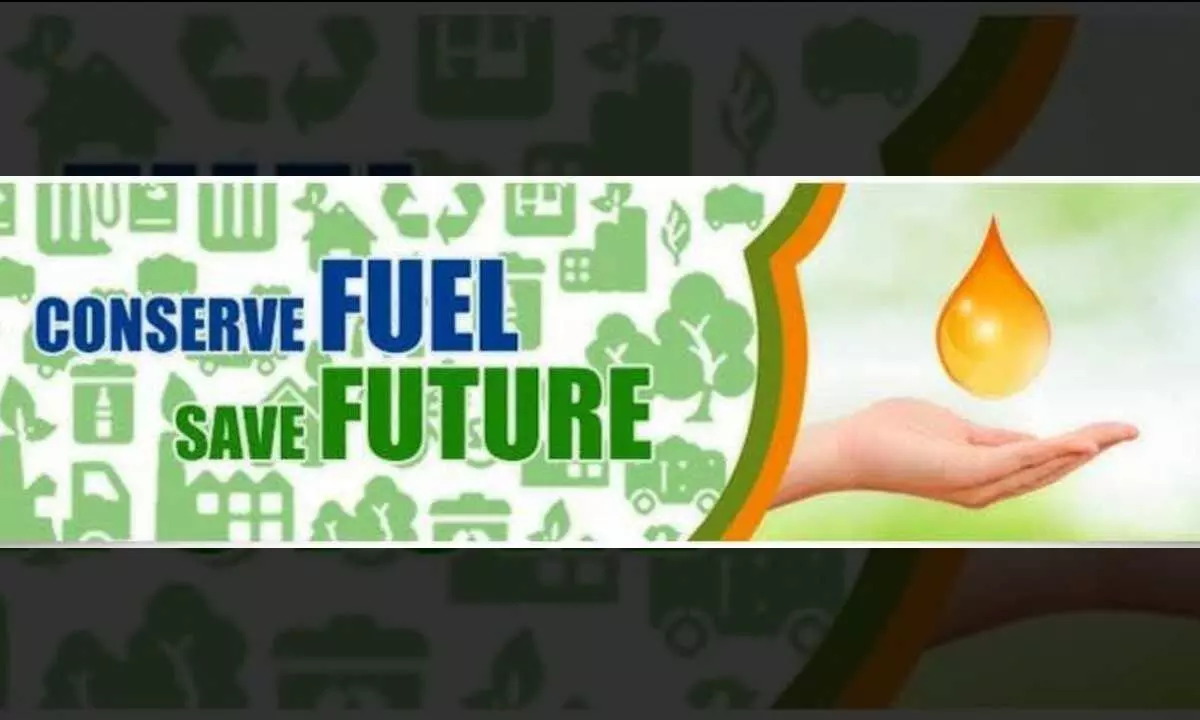The future of oil is in conserving resources and deft management
China, the Middle East and India continue to drive new capacity growth
image for illustrative purpose

The oil and gas (O&G) industry earned record profits in 2022, providing ample cash flow to fund their strategies in 2023. And while O&G companies recognize geopolitical and macroeconomic uncertainty in the year ahead, they’ve also been given a clear mandate to secure supply in the short term while transitioning to cleaner energy in the long term
The short-term sentiment is positive for oil while the longer-term feeling among investors is decidedly mixed because of increased attention on environmental sustainability. Nearly two-thirds of investors say that peak oil demand will occur by 2030—a slight increase from last year’s estimates. Only 30% think that O&G stocks will take on an increasing role in their portfolios in the next decade, and nearly 60% feel pressure from their clients to divest their fossil-fuel investments.
Given the growing pressure, investors believe that companies need to take several steps: Set and meet emissions-reduction targets (cited by 80% of investors); Invest in clean energy to enhance their long-term value propositions (cited by 82% of investors); and ollaborate beyond the O&G sector to set cross-industry standards regarding emissions targets (cited by 73% of investors).
More broadly, 80% of investors want clarity on companies’ plans for the energy transition. Most acknowledge that O&G companies have taken some initial steps to improve their environmental performance. Yet those measures, while noteworthy, will not be enough. Investors also want to see results—hitting emissions reduction targets and showing EBITDA growth from companies’ low-carbon businesses in the next three years.
Among specific types of low-carbon initiatives, investors are more likely to see the value proposition in accessible electricity sector segments like renewable power generation and battery storage. In contrast, emerging technologies—carbon capture, advanced mobility solutions (such as car sharing and rapid-charging stations), and hydrogen production among them—are seen as far less certain in terms of value creation
The oil and gas (O&G) industry earned record profits in 2022, providing ample cash flow to fund their strategies in 2023. And while O&G companies recognize geopolitical and macroeconomic uncertainty in the year ahead, they’ve also been given a clear mandate to secure supply in the short term while transitioning to cleaner energy in the long term.
For the world’s oil demand to peak anytime soon, significant action is needed immediately to improve fuel efficiency standards, boost electric vehicle sales and curb oil use in the power sector.”
Those actions – combined with increased teleworking, greater recycling and reduced business travel – could reduce oil use by as much as 5.6 mb/d by 2026, which would mean that global oil demand never gets back to where it was before the pandemic.
In the IEA report, the world’s oil production capacity is projected to increase by 5 mb/d by 2026. At the same time, the historic collapse in demand has resulted in a spare production capacity cushion of a record 9 mb/d that could keep global markets comfortable in the near term.
To meet the growth in oil demand to 2026 in the IEA report’s base case, supply needs to rise by 10 mb/d by 2026.
The Middle East, led by Saudi Arabia, is expected to provide half of that increase, largely from existing shut-in capacity. The region’s expanding market share would mark a dramatic shift from recent years when the United States dominated growth. Based on today’s policy settings, US supply growth is set to resume as investment and activity levels pick up, yet any increase is unlikely to match the lofty levels seen in recent years.
Minimising emissions from their core operations, notably methane, is an urgent priority. In addition, there are technologies vital to energy transitions that can be a match for oil and gas company capabilities, such as carbon capture, low-carbon hydrogen, biofuels and offshore wind. In many cases, these can help decarbonise sectors where emissions are hardest to tackle. It’s encouraging to see some oil and gas companies scaling up their commitments in these areas, but much more needs to be done.”
The global refining sector is struggling with excess capacity. China, the Middle East and India continue to drive new capacity growth. As a result, Asian crude oil imports are forecast to surge to 27 mb/d by 2026, requiring record levels of Middle Eastern crude and Atlantic Basin production to fill the gap.
The petrochemical industry will continue to lead demand growth, with ethane, LPG and naphtha together accounting for 70% of the forecast increase in oil product demand to 2026. Gasoline demand may have peaked, though, as efficiency gains and the shift to electric vehicles offset mobility growth in emerging and developing economies.
Demand for aviation fuels, the area that was hardest hit by the pandemic, is forecast to gradually return to pre-crisis levels. But a shift to online meetings and conferences – along with persistent corporate efforts to cut costs and hesitation by some citizens to resume leisure travel – could permanently alter travel trends.

